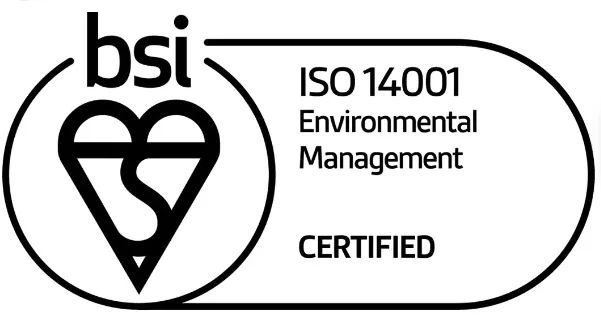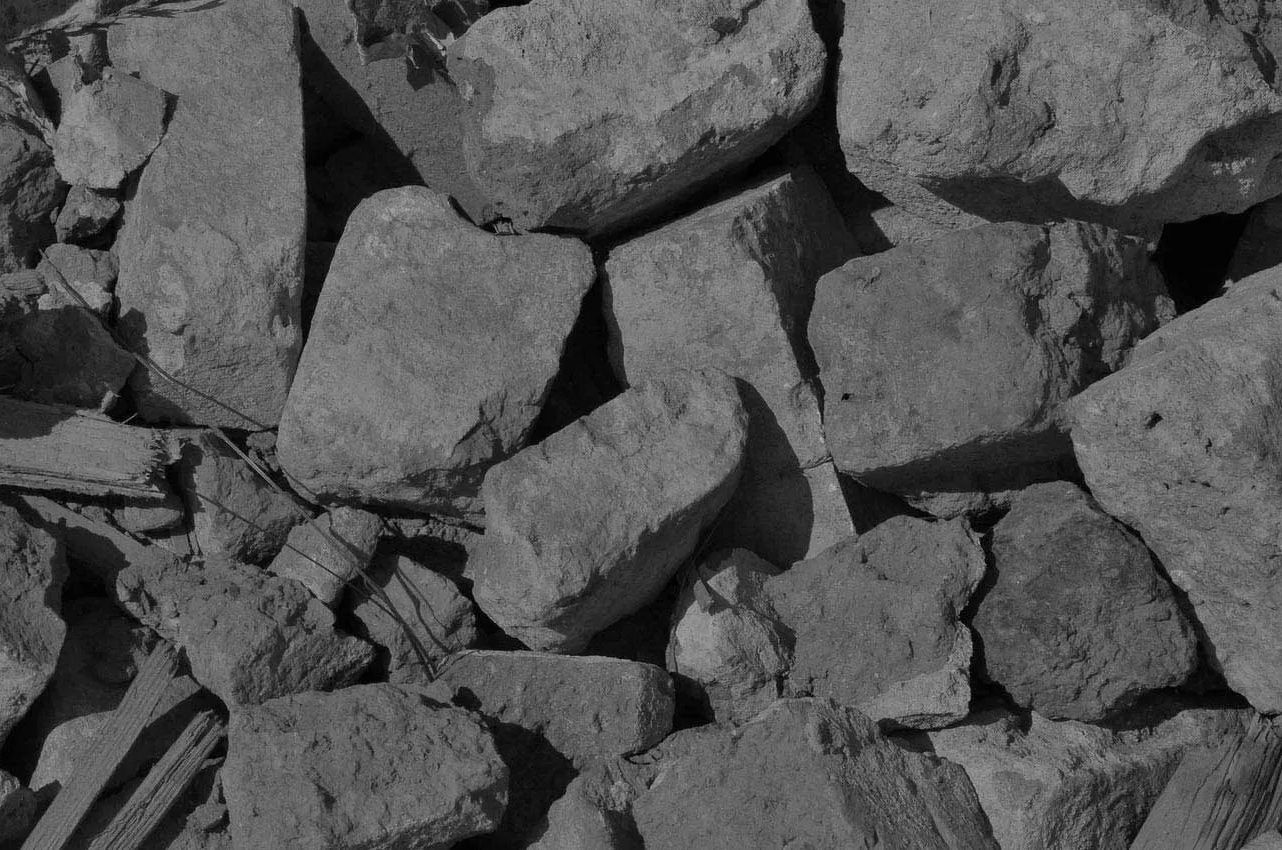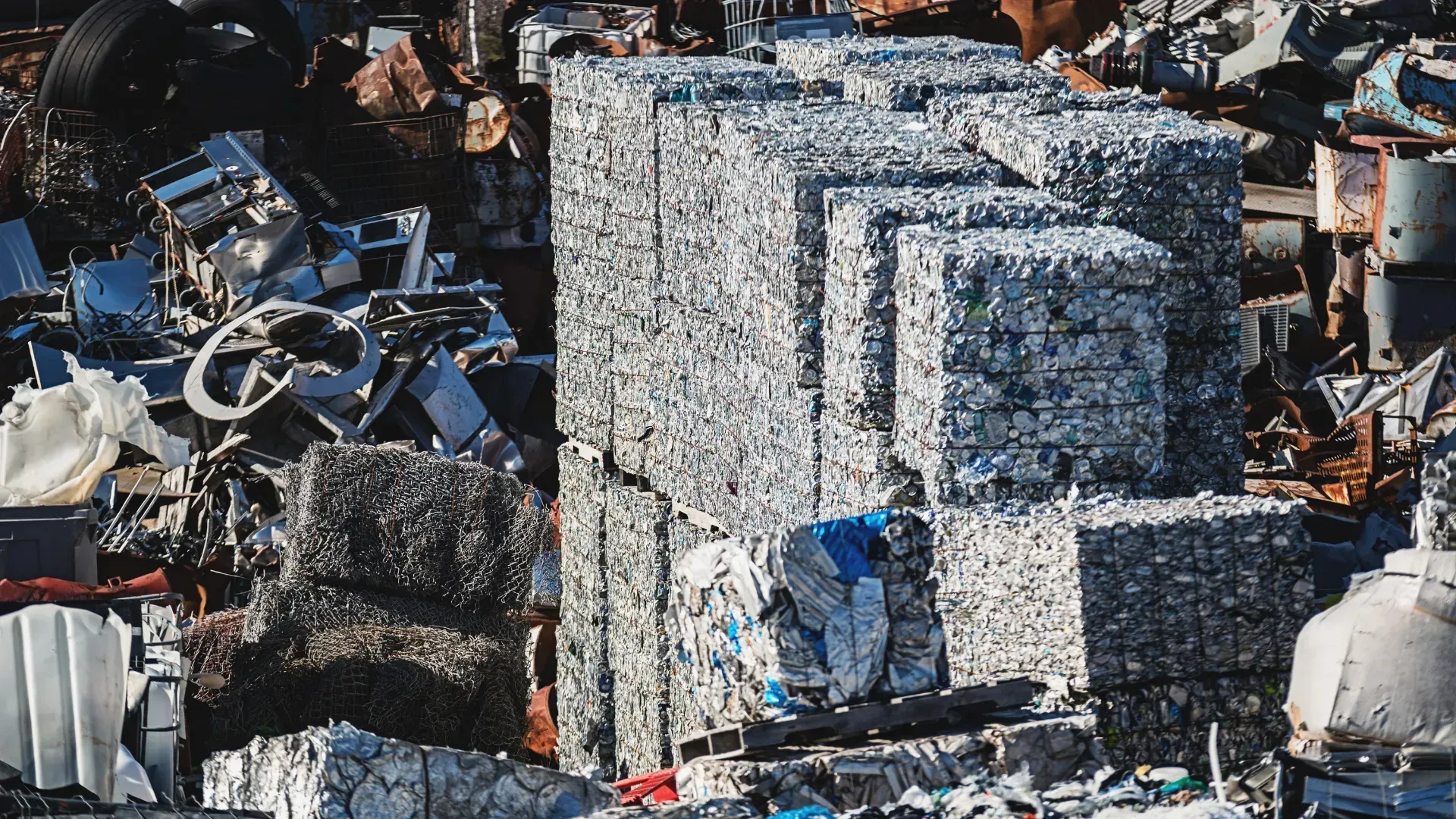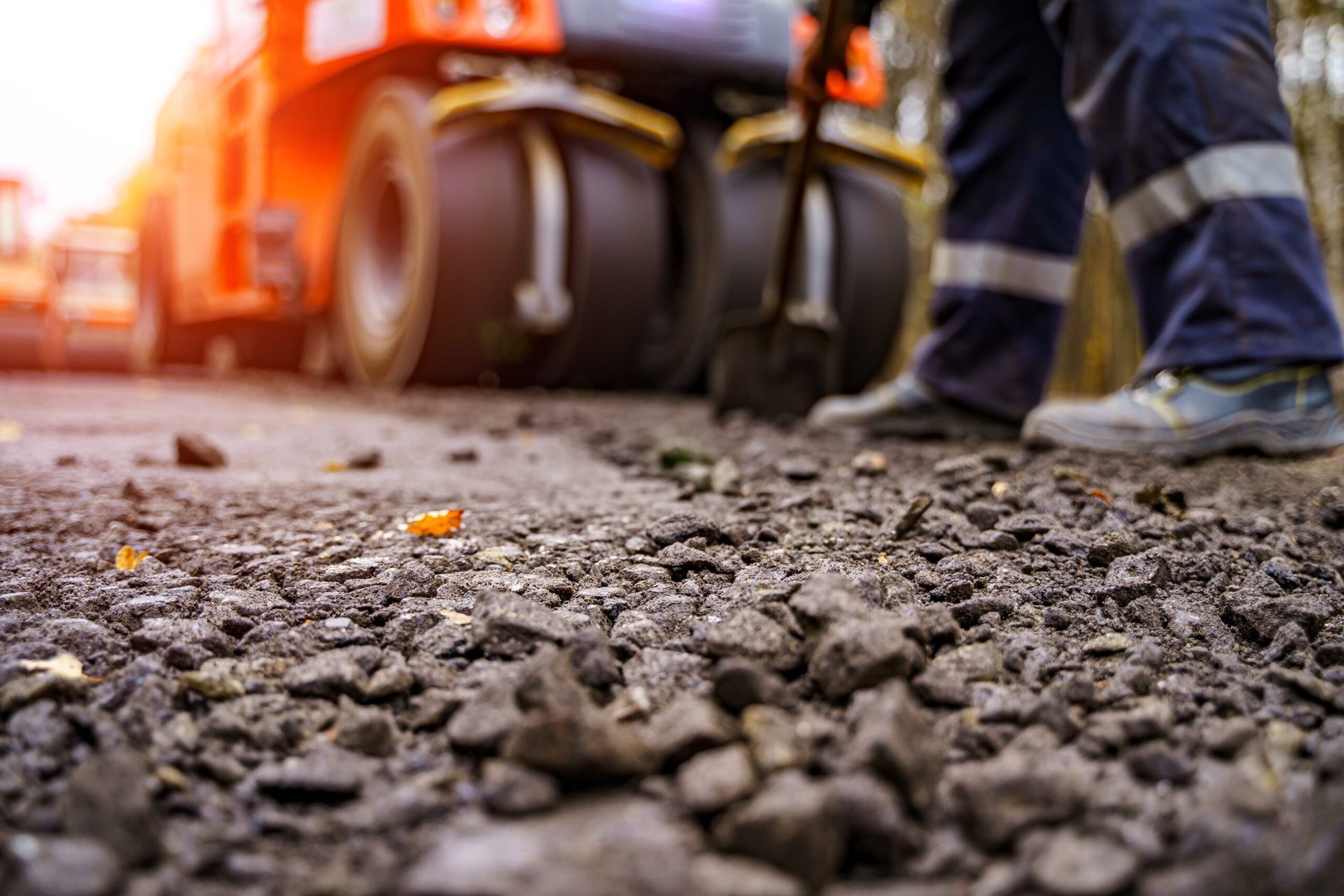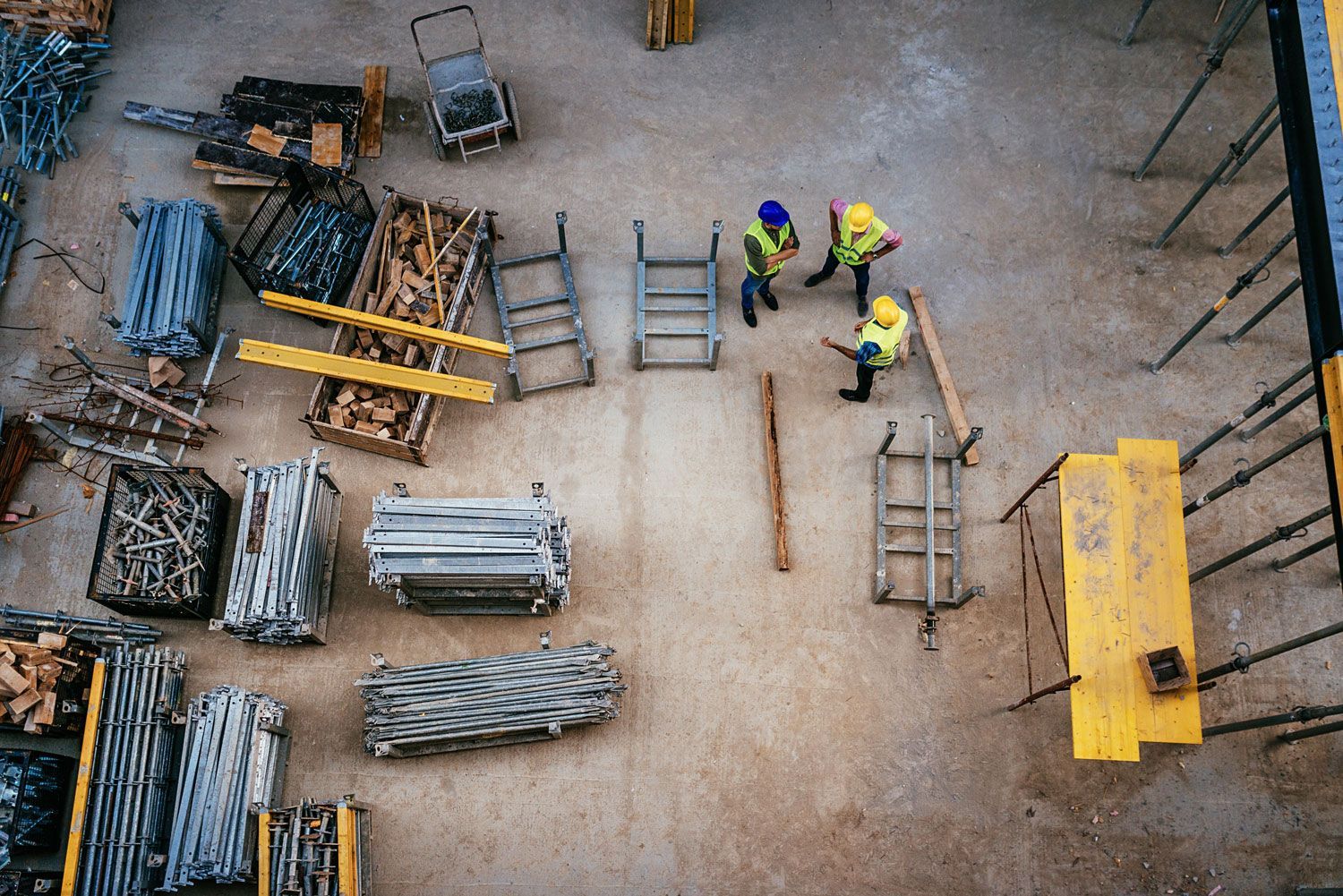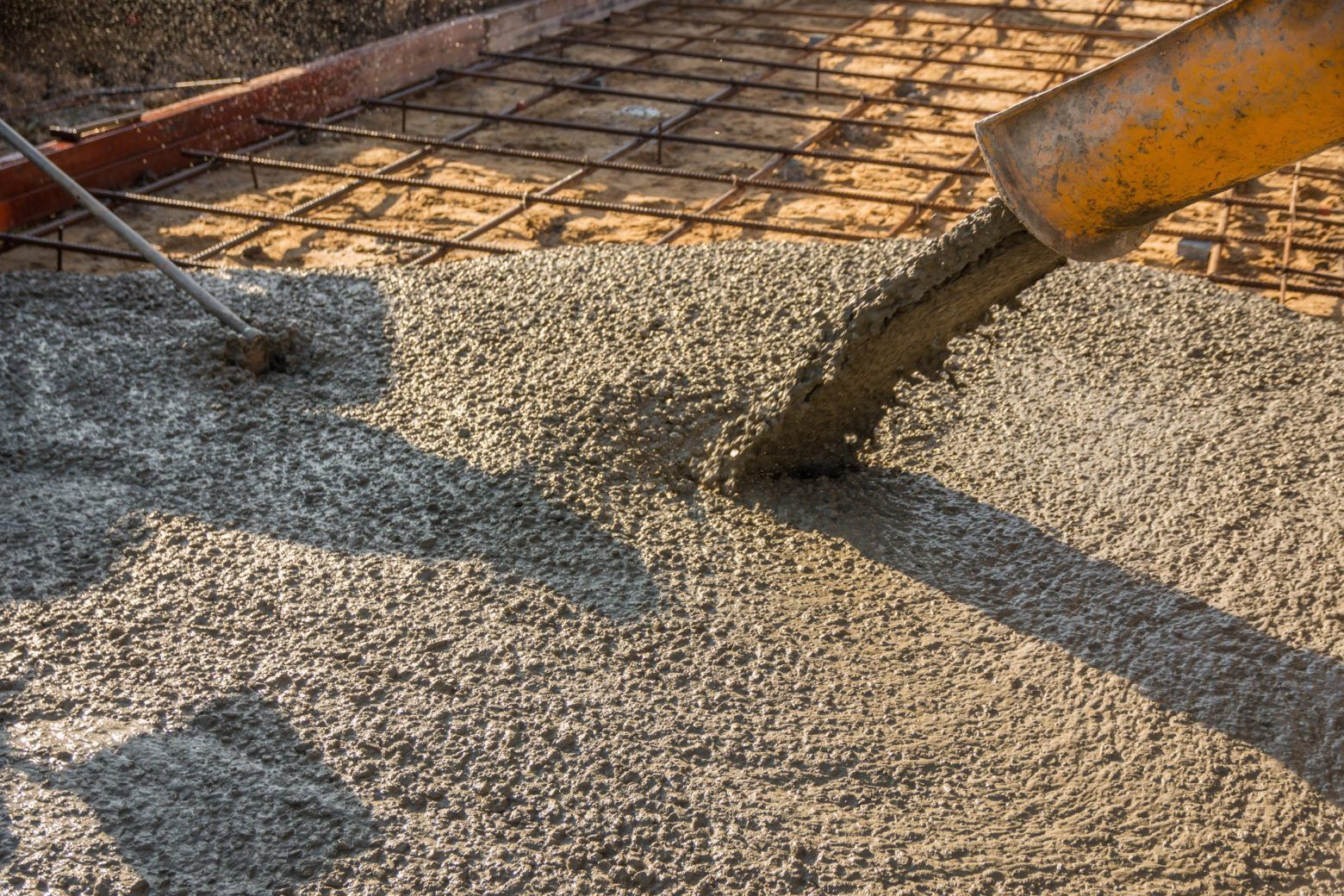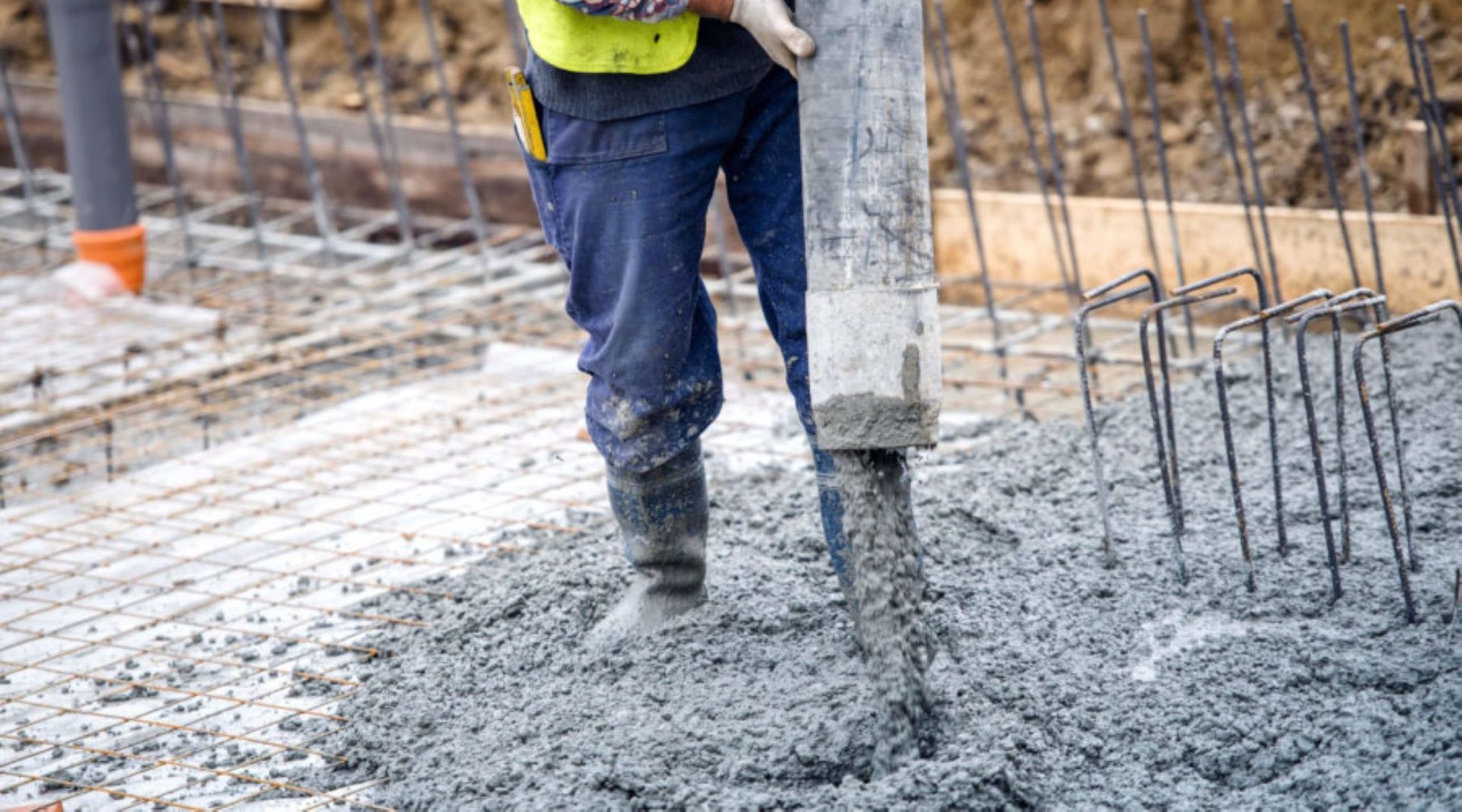Your Short Guide to Self-Compacting Concrete
Here at WM Thompson & Son, we offer a range of concrete solutions to suit your various building needs, whether they be small scale or large scale.
This includes the supply of self-compacting concrete. If you’ve not worked with this type of concrete before, then you may wonder exactly what it is. Read on as we discuss just that in this blog, exploring its properties and uses in more detail.
What is Self-Compacting Concrete?
Also referred to as self-consolidating concrete, self-compacting concrete (SCC) is a type of concrete that can flow into and set in its desired shape without the need for vibration or external compaction in order to do so - as typical concrete otherwise requires.
Compaction is usually an important step to help concrete achieve its full strength and durability, as it helps to:
- Remove air voids
- Improves the bond between the cement and aggregates
- Increases the density of the concrete
Self-Compacting Concrete Components
So, how does self-compacting concrete achieve these properties without additional intervention? Because of the components used in the concrete mix.
Although made from the same basic ingredients as regular concrete, it also features a higher proportion of fine aggregates and a higher proportion of water-reducing agents.
These materials help to improve the rate of flow and viscosity of the concrete, allowing it to flow under its own weight and form to whichever shape it’s being used to fill and subsequently achieve self-compaction, without compromising its structural integrity.
Uses of Self-Compacting Concrete
Bespoke Architectural Creations
Self-compacting concrete is ideal for use in bespoke architectural projects where complex shapes may need to be filled - something which is difficult to achieve when casting regular concrete.
Similarly, if home extensions or extensive renovations are being carried out, there may be limited access for vibration or compaction machinery, thus a self-compacting solution is required.
Budget Solutions
Because there’s no need for compacting equipment, which costs money, self-compacting concrete is an ideal solution for projects that have tight budget restrictions.
Furthermore, no requirement for compacting work also reduces time and labour needs, which further reduces construction costs.
Considerate Construction Sites
Vibrating equipment used to compact concrete can be rather loud and disruptive, making it less suitable for use in products where the contractors are operating under the Considerate Constructors Scheme.
Since SCC doesn’t require vibrating equipment, it’s a much more suitable material as an alternative. Not only that, but it’s also considerate to construction workers, also, as there’s no need for them to be exposed to vibration, which can have numerous health effects.
WM Thompson & Son: Your Local Concrete Suppliers
If you’re in need of self-compacting concrete for your next project, then we’ve got you covered here at WM Thompson & Son.
We supply a range of standard and specialist
concrete products to suit your needs. To discuss your requirements, then don’t hesitate to
get in touch with us today.

